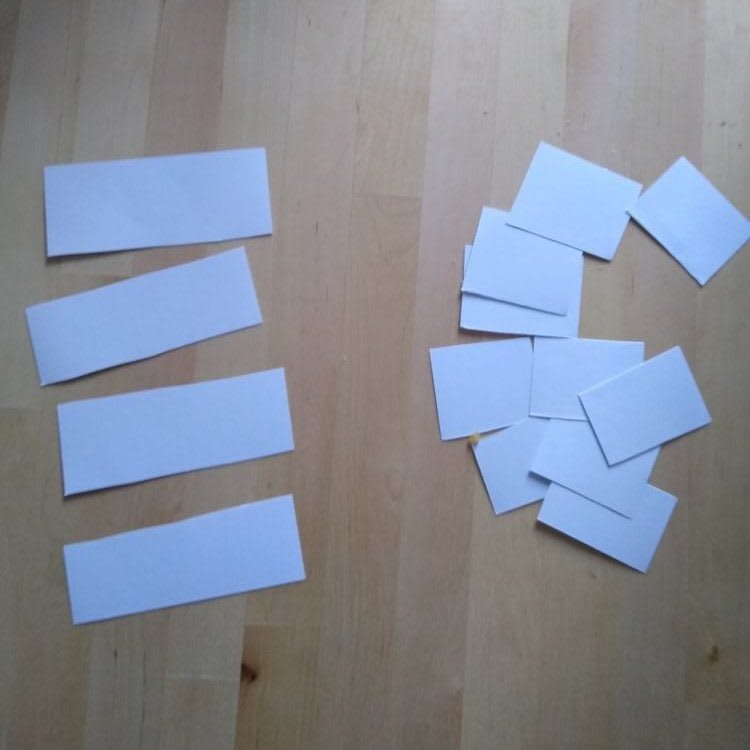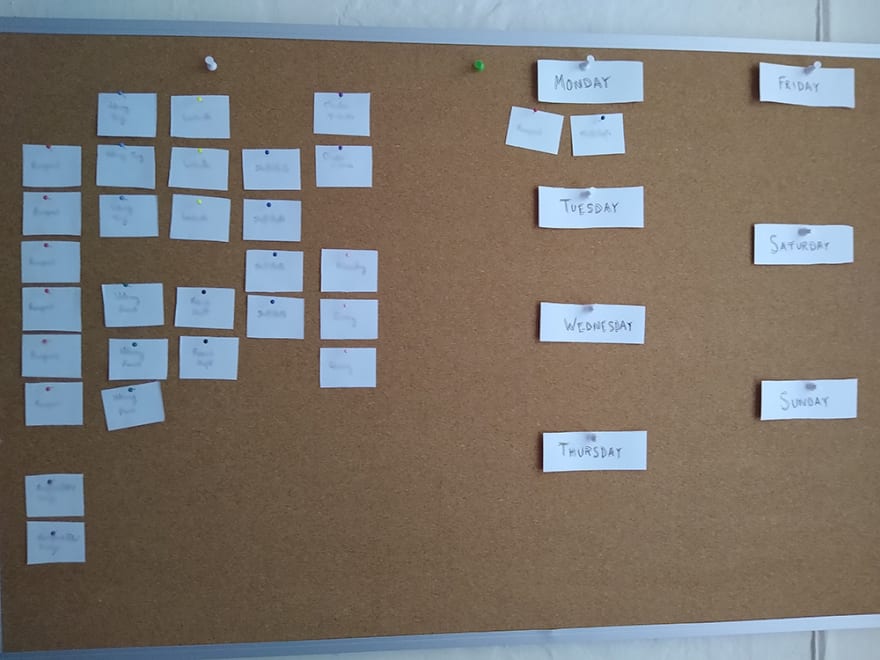Is there anything harder than getting your workflow in order? Between bullet journals, Trello, Monday.com, Git, or whatever else it may take to get things in order, it's obvious that keeping things tidy is quite a challenge - I'm especially looking at you solo entrepreneurs and freelancers.
While it feels like technology should be the best way to solve this problem, like with many things, it doesn't quite get the job done.
How many tasks are left open because you didn't want to add that last note to close out a task? How many journals have the first few pages filled out, only to get frustrated with the monthly task of re-writing and re-organizing what you've accomplished (which seems like way too many)? Who hasn't gotten annoyed at the tedium of rewriting the same task every month?
For something like this I like to go old school. And I thought I'd share an organizational strategy I find very helpful to get long-term tasks accomplished (or keep long on my radar).
Keep It Visual
Like holding a book, looking at a globe, or admiring the paint strokes on a Van Gogh painting - sometimes it's better to see something in front of you to really "feel" what's going on.
For my Visual Organizer I use cut up index cards pinned into a corkboard. You could just as easily use Post-it Notes and tape, even though I prefer pins because they don't lose their stickiness.
Cut your paper into two different sizes. The larger papers are going to be for the day headings, and the smaller ones will be your tasks.
The board is set up so there are series of multiple tasks on the left, while the days of a work week (for me it's Monday to Sunday) are set to the right.
While other organizers focus on accomplished tasks, I'm focusing on establishing a work schedule in which I can track the attention I give to a certain task.
In my experience it's far too easy to get lost doing a specific job, while others fall to the side as I go down the proverbial "get it done" rabbit hole.
Instead, I want to focus on carving out time in my schedule to work on specific tasks while visually seeing what else I have to do.
The idea is to break down my task slips by the amount of days per week I'm willing to focus on a particular job.
Big jobs may need attention for every day of the week, therefore requiring 7 slips. While smaller jobs may only need two or three days per week (2 or 3 slips).
The amount of time you want to spend on each is entirely up to you, and determined by how many tasks you are trying to accomplish. A good possible strategy is writing a specific amount of time you're willing to give that task on each slip, and setting a timer as you work on it.
The key is not focusing on completing a job, but rather, giving consistent attention to a multitude of tasks, inching each closer to the finish line without any stragglers.
As each job is given attention for the day, then you move the task under the day in which you worked on the task.
As you fill out your week, you can visually see what hasn't been given attention, and what is.
Then, at the end of the week, you move your pins back to the beginning and start over again.
A good example would be:
- 5 slips dedicated to a solo business project
- 3 slips dedicated to a course you want to take online
- 2 slips dedicated to learning a new language
- 2 slips dedicated to a small portfolio project
This is a strategy to complete tasks that can last several days, weeks, or even years. This is about properly parsing your attention, so that nothing can fall through the cracks.





Top comments (0)